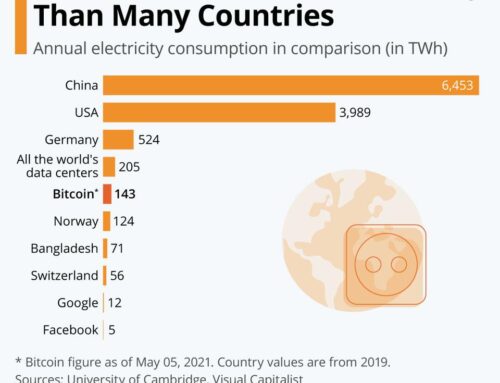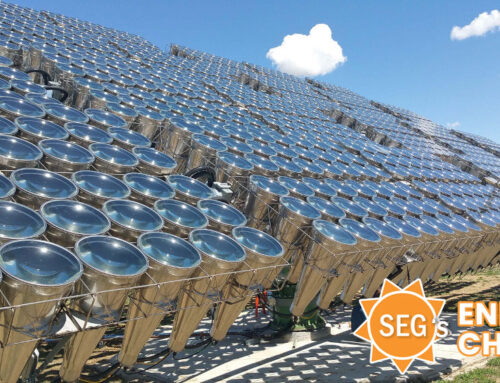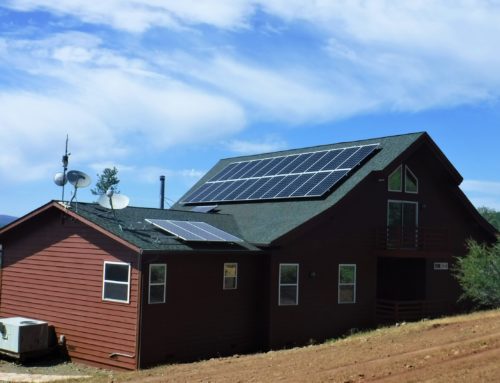Dangerous Electrical Panels
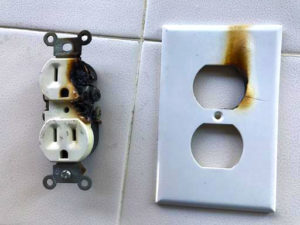

 There’s a fair chance you own one of the many electrical panels known to be dangerous. They can subject the home to fire danger or, for someone working on them, electrical shock.
There’s a fair chance you own one of the many electrical panels known to be dangerous. They can subject the home to fire danger or, for someone working on them, electrical shock.
Do you own a dangerous panel? What are the risks?
The following will help answer such questions.
Safety is a top priority for Sustainable Energy Group, for you as well as our workers, so the age and condition of your electrical system is of great importance.
We’re more than just a solar company. We’re a group of licensed contractors that perform all manner of electrical services. We intend on installing solar equipment that will not only serve the electrical needs of your home, but interact safely with the utility grid for years to come.
Electrical safety has changed a great deal over the last one hundred years. More and more electrical safety experts are putting emphasis on proper maintenance and how it relates to electrical safety.
Since 2012 the NFPA (National Fire Protection Association) has continued to focus on pro-active and pre-emptive electrical maintenance. Proper maintenance, which includes replacing devices when they’ve reached the end of their intended use or “design life”, is often overlooked. It is deprioritized all together because these electrical devices just keep working so well.
Your electrical system protects your family and your property, so allowing it to “age-out” can be risky and dangerous.
Now, with that being said, let’s take a look at some of the older electrical equipment we come across, the safety issues they present, and why we have chosen not to connect to them.
Zinsco, Sylvania, Federal Pacific Electric (FPE), Stab-Loc, GTE, Unicorn and Kearney are manufacturers whose electrical equipment was at one time installed in our County and many other Counties across our nation. This equipment has been identified by both electrical professionals as well as independent, professional forensic testing as not performing as intended.
In fact, 28.8% of breakers FAIL to perform their function at all. The scary fact of the matter is that 1-in-3 breakers in these electrical panels most likely will not function as intended.
It should be noted that not all Sylvania and GTE-Sylvania panels are dangerous, but only a qualified electrician will know the difference.
We need to stop repeating the adage “If it isn’t broken, don’t fix it”. This will ultimately come back to bite us when our electrical safety system does not protect us or our home.
An electrical main-panel, from which all electricity is distributed throughout the home, has a design life of approximately 60 years. Most of these electrical panels (with a manufacturer name of Zinsco or GTE especially) were made in 1973 or earlier!
This means there is a fair likelihood that any one (or all) of these panels were manufactured at the minimum 46 years ago. If you decide to wait to replace this equipment it’s a bit like waiting to get new tires on your car until they all pop or explode while you are driving!
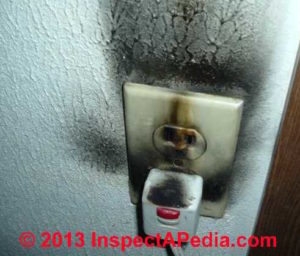

 The difference is that when your electrical panel fails, either someone gets injured or a fire is started. This is not a scare tactic. This is a revelation. Perhaps we should think about maintaining and taking care of our electrical infrastructure before it fails.
The difference is that when your electrical panel fails, either someone gets injured or a fire is started. This is not a scare tactic. This is a revelation. Perhaps we should think about maintaining and taking care of our electrical infrastructure before it fails.
There have been numerous articles published over the last 20 years about this very subject. None of them contain good news or support this style of design. All electrical manufacturers have evolved away from this type of circuit breaker. Testing methods (UL-489) used to verify breaker function have become more comprehensive and complete, serving to further reveal their design flaw.
The links below will open a veritable rabbit-hole of information on all these manufacturers, including useful information on identifying one of these panels. Our company would be happy to tell you whether or not you have one of them, as we routinely replace these panels when installing solar systems.
This link takes you to a very easy to understand explanation of how these systems usually fail.


